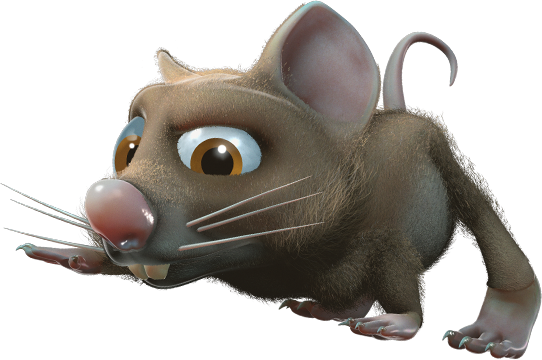Woodpecker Facts
Woodpeckers are found all over the world in various countries. Mating occurs in April all the way through June. Woodpeckers can live for up to 11 years in the wild. These noisy pests don’t eat wood, but rather peck holes into wood in search of insects to eat. Woodpeckers also eat nuts and berries when insects are not available.

Woodpecker Damage
Property owners need be wary of the woodpecker when it’s most active, which is typically between March and June. During this time, woodpecker will drum on trees to attract mates. In the holes they’ve drilled, they’ll begin to build nests. These nests may be found in trees and buildings, depending on the location. Woodpeckers tend to leave small dents in wood or metals while trying to roost. You’ll want to check around aluminum siding, chimneys, mailboxes, or any other hollowed-out space. When not drumming to attract mates, woodpeckers may be foraging for food. As they access food by drilling holes into trees, this causes further damage. Aside from woodpecker damage to your home, the most annoying aspect of the woodpecker is the noise the bird emits.
Woodpecker Infestation
Woodpeckers emit distinct sounds when pecking trees for food. You’ll either hear a steady beat like someone drumming when they are trying to attract mates, or you’ll hear a quick, whirring sound like a drill when they are looking for food. You’ll be able to spot large holes in trees or other wooden structures. Some of these holes can contain mating nests.
Types of Woodpeckers
Woodpecker Identification
There are different types of woodpeckers in the Northeastern United States. Common types of woodpeckers include the red-headed woodpecker, the great spotted woodpecker, and the down woodpecker.
Woodpeckers range in size. Some stand at only 6 1/2 inches tall. Larger species such as the pileated woodpecker can measure up to 19 1/2 inches in height.
Woodpeckers have thick skulls and extremely powerful neck muscles that allow them to deliver piercing blows to a tree without damaging organs. The tongue of a woodpecker is often covered with sticky saliva, or barbs. This allows them to grab ants and insect larvae from wood cracks and bark.
Woodpeckers on the Roof & in the Chimney
The tell-tale sign of these pests are their distinctive sounds and the holes they leave. It’s possible for them to damage trees, utility and telephone poles, and even homes or buildings. You usually won’t see much damage to aluminum or vinyl siding, but your fascia, which is usually made of wood can be riddled with holes from woodpeckers. Look for small holes in clusters along the fascia. Houses and buildings with vinyl or aluminum siding are generally protected from woodpecker damage. The only real nuisance a woodpecker can pose to an entirely aluminum or vinyl-sided house is the noise their drumming makes. It can be very repetitive and annoying during mating seasons. Females will do it to attract a mate.
Frequently Asked Questions
How do I control a woodpecker nesting problem?
One way to drive away a woodpecker is to place padding behind areas where it likely will drum against. Woodpeckers communicate using this drumming noise, so if they can’t resound the noise, they will leave.
It may also help to hang reflective tape or other similar objects along with brightly-colored fabrics to scare them away. Installing hawk or owl models will also send a woodpecker packing.
Ultimately, however, the best way to address a woodpecker problem is to seek professional help from a pest control technician.
What are the benefits of professional woodpecker pest control?
A licensed pest control specialist not only removes wildlife pests from a property, but also keeps them from returning. Our experts can handle all sorts of infestations and use a variety of methods to get the job done safely.
If your home, business, yard, or property is facing a woodpecker nesting problem or infestation, contact us. Our technicians can remove the wildlife nuisance and help you regain control of your property and sanity.


